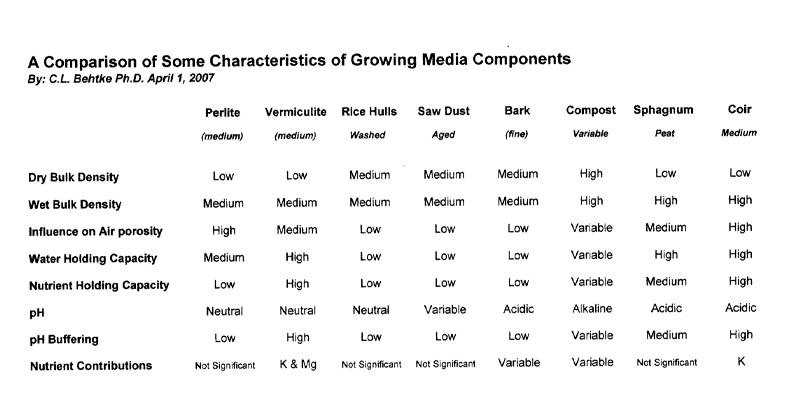cjk
Member
please show me anything anywhere with actual science behind it showing you can improve the drainage characteristics of a medium by adding large particulate matter.
The BB's in the pudding example illustrates this quite simply, yet the idea persists you can improve aeration by adding 25% perlite.
Perilte has no internal porosity. It does nothing but exclude both water and air.
my science includes years of growing with many different peat and perlite combinations. not only indoors but also in the retail nursery industry with native and drought tolerant plants that have to have the extra aeration and hate being overly tended to or "overwatered". the more perlite added to a peat mix or any soil, the more aeration, drainage, and overall soil porosity you will achieve. within my indoor growing experience, it has been obvious that roots respond positively to the extra aeration up to a certain point. obviously, you will have to water more. if you want to hear this from somewhere else i guess you take a look at the chart contained on page 3 of this study ...
http://www.perlite.org/perlite_info...ES OF PERLITE AND SPHAGNUM PEAT IN NORWAY.pdf



